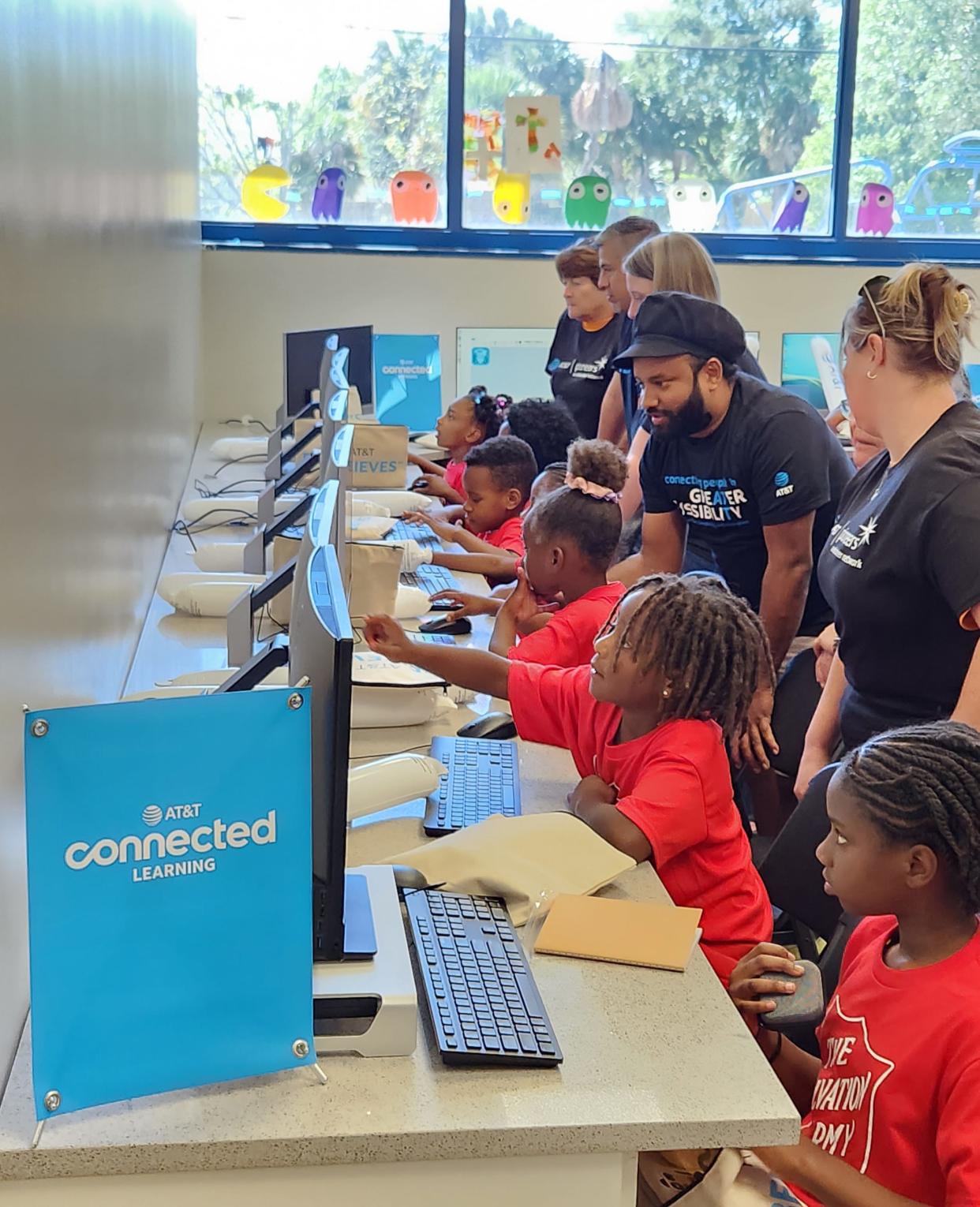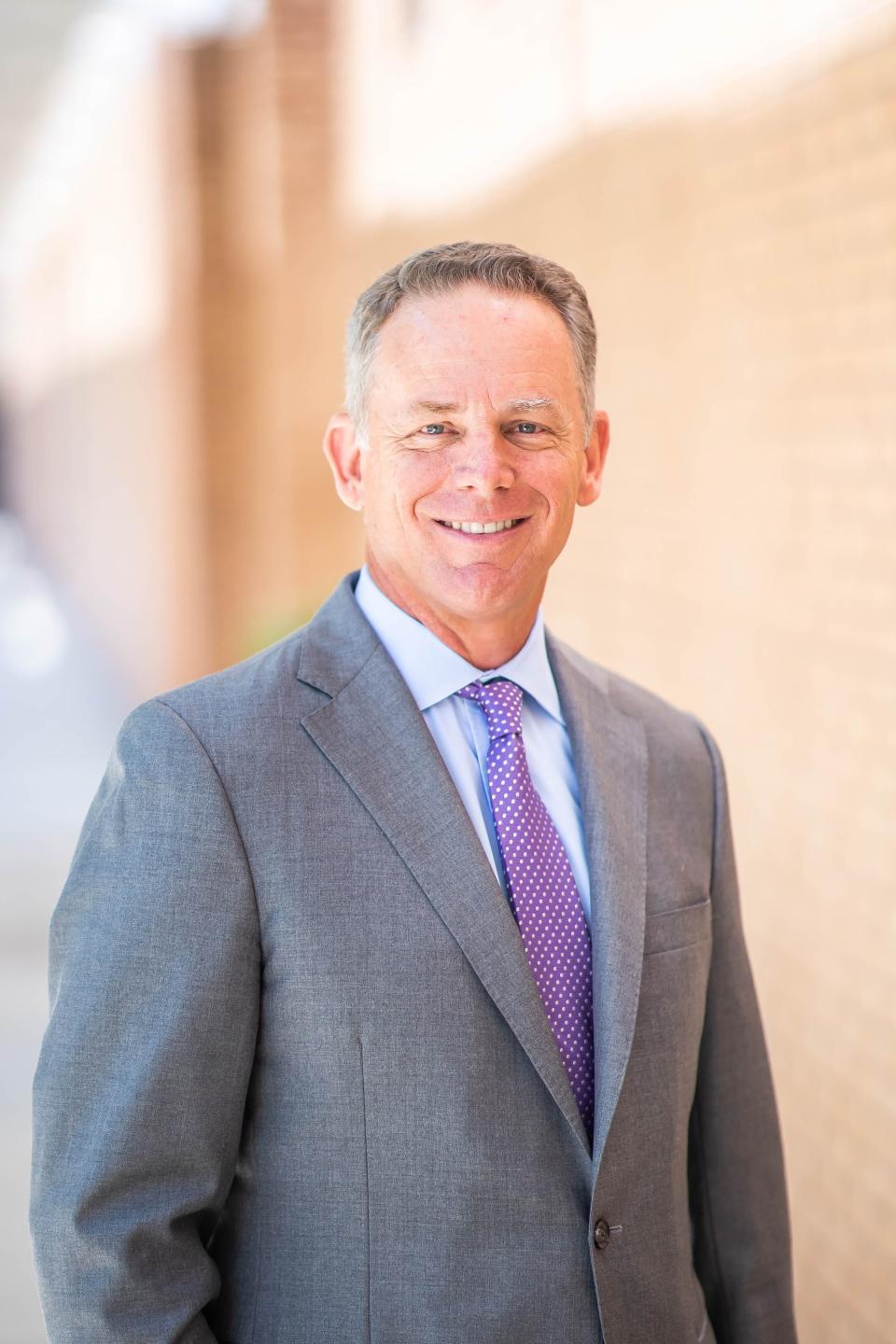AT&T leader: Private sector collaborates to connect and bridge digital divide

Last month the National Telecommunications and Information Administration announced that Florida would receive more than $1.1 billion to close the digital divide. The federal government's Broadband Equity Access and Deployment program makes the funding possible, providing $42.5 billion to expand high-speed internet access in all states and territories.
This once-in-a-lifetime opportunity has the potential to bring universal broadband access to Floridians. Still, it will require close collaboration between the public and private sectors to do so efficiently and expediently. By working together, governments and private providers can leverage innovation, accelerate deployments and create sustainable models that bridge the gap, ensuring equitable access to digital opportunities for all Floridians.
This can be seen in recent private sector efforts to bridge Florida's digital divide. Over the last three years, AT&T invested more than $1 billion annually to expand and improve Florida broadband networks. Funding has made a direct impact on Florida families, creating an additional 2 million fiber locations across the state and upgrading the AT&T wireless network with fifth-generation technology.
Comparing services: Internet providers ramp up competition in Northeast Florida
Improving heath care access: Florida medical device sales tax exemption helps new moms, senior citizens
Last year alone, we expanded AT&T Fiber to 400,000 locations across the state, a rate of 45 new connections per hour. This pace results from the private sector's skilled workforce and ability to scale. As we work together to establish a solid foundation for broadband access, we must also address the other barriers to internet connectivity — affordability and adoption.
Initiatives like the federal Affordable Connectivity Program are helping low-income households secure service by lowering the cost of home internet. The impact on Florida has been undeniable, with over 1.3 million households enrolled across the state as of June 2023. And the benefits of getting a household connected extend across generations, with more than half of all enrollees over the age of 50. Without Congressional action, funding for Affordable Connectivity is expected to run out sometime next spring.
But even when access and affordability are no longer obstacles, we know not everyone decides to subscribe; and this can be for various reasons. Therefore, to truly tackle the digital divide, we must concurrently address internet adoption.
It's one of the issues we aim to help with a $2 billion commitment to help bridge the digital divide. As a part of this commitment, we have been facilitating digital literacy workshops, opening Connected Learning Centers and partnering in device distribution events to equip students, parents and seniors with the digital skills they need to succeed. With these in-person and online resources, the whole family is set up for success.
Bridging the digital divide in Florida requires a collective effort. By working together, investing in infrastructure, embracing innovative technologies and prioritizing community engagement; we can forge a future where all Floridians can benefit from the opportunities of the digital age. Let us collaborate and connect to ensure no one is left behind in the digital divide.

Joe York serves as president of AT&T Gulf States, where he oversees the company's local, state and federal government relations, as well as business and consumer affairs operations in Alabama, Florida, Louisiana and Mississippi. He is a native and resident of Jacksonville.
This guest column is the opinion of the author and does not necessarily represent the views of the Times-Union. We welcome a diversity of opinions.
This article originally appeared on Florida Times-Union: Collaboration key to expansion of affordable high-speed internet

